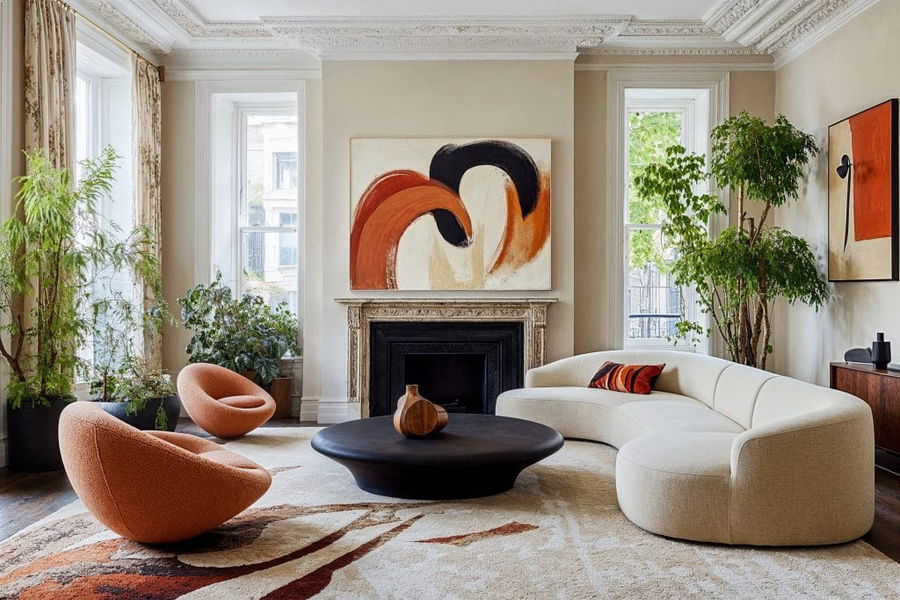
What are the best indoor plants to incorporate into your home? The answer can certainly depend on a number of factors like lighting conditions, temperature, environment, and many more. So, if you’re just starting out with plants or find yourself too busy, why not take the first step with low-maintenance houseplants?
Why Opt for Low-Maintenance Houseplants
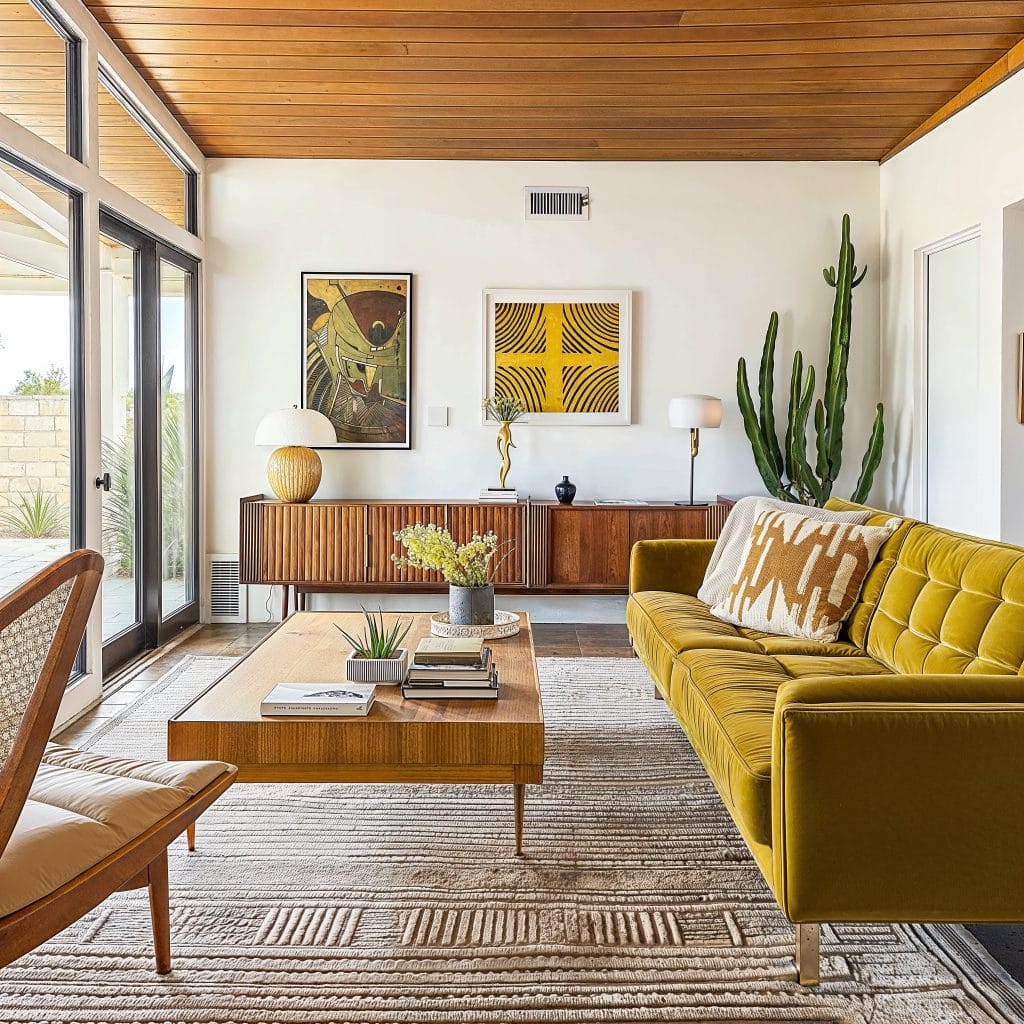
Low-maintenance house plants are a great way to bring life to your home without the hassle. Here are five reasons to include them in your interior:
- Easy to Care For: These plants require minimal watering and attention, making them perfect for busy lifestyles.
- Air Purification: Many low-maintenance plants naturally improve indoor air quality by filtering toxins and releasing oxygen.
- Aesthetic Appeal: They add a touch of greenery and beauty to any room, enhancing the overall interior design.
- Stress Reduction: Studies show that having plants around can reduce stress and improve your mood.
- Long-Lasting: With the right care, low-maintenance plants can thrive for years, providing lasting beauty with little effort.
Choose houseplants that align with your interior design style to enhance the overall look of your space. Not sure what that is? Try our Free Interior Design Style Quiz to discover your ideal style today!
Best Low Maintenance Houseplants
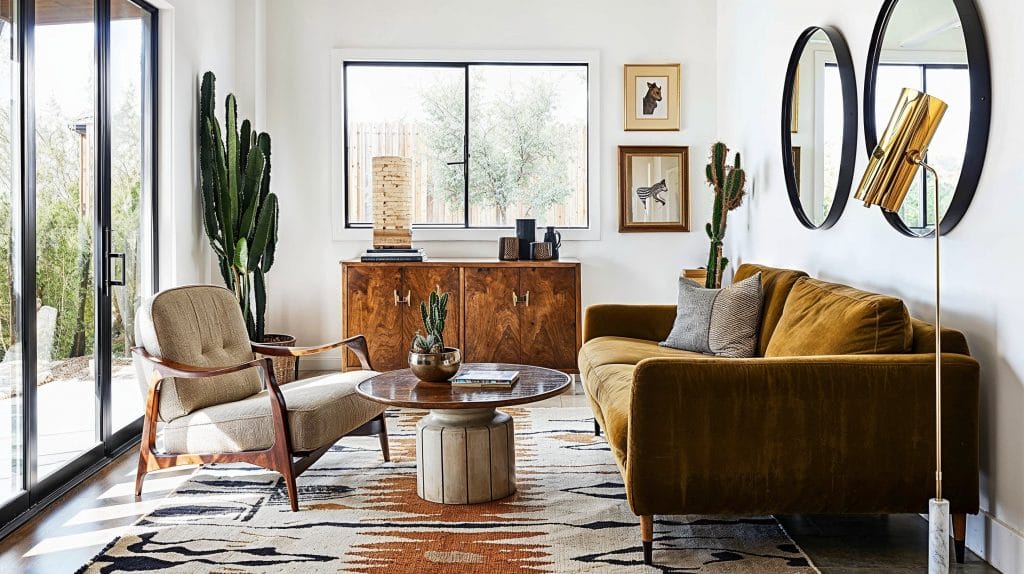
Incorporating plants in interior design is a simple way to bring life and freshness to your home. If you’re looking for easy-to-care-for options, these low-maintenance houseplants are the perfect choice.
1. Dracaena Lisa
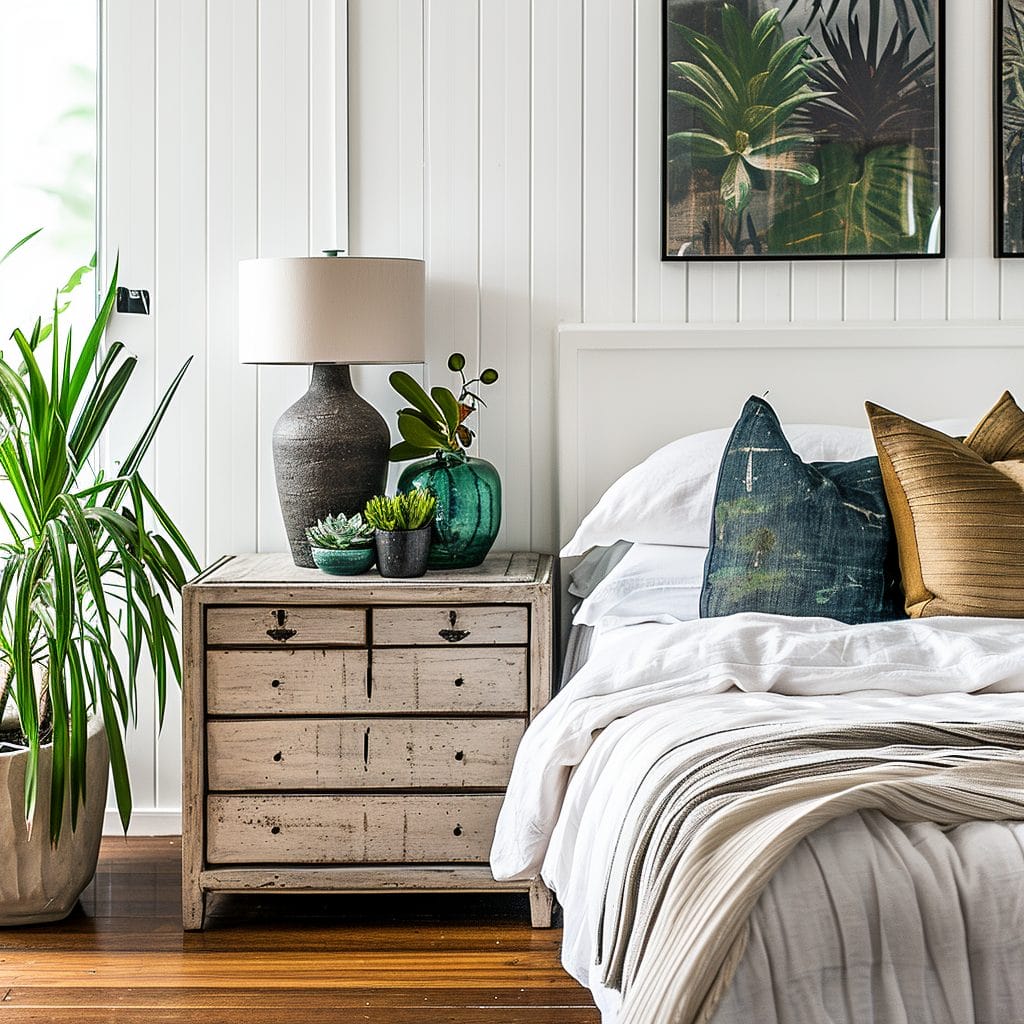
With dark green leaves and stems, the Dracaena Lisa is commonly used as an interior floor shade plant. It’s very low maintenance, can survive with minimal light, and can even go for a few days without watering, which is why it’s always welcome in biophilic interiors, too. It’s also very slow-growing, so don’t worry about returning home to a scene from Jumanji after a vacation.
Because of its height and its resemblance to bamboo, Lisa is a simple yet stylish plant that captures attention. Placed in an empty room corner, it makes for a beautiful organic accent for any style.
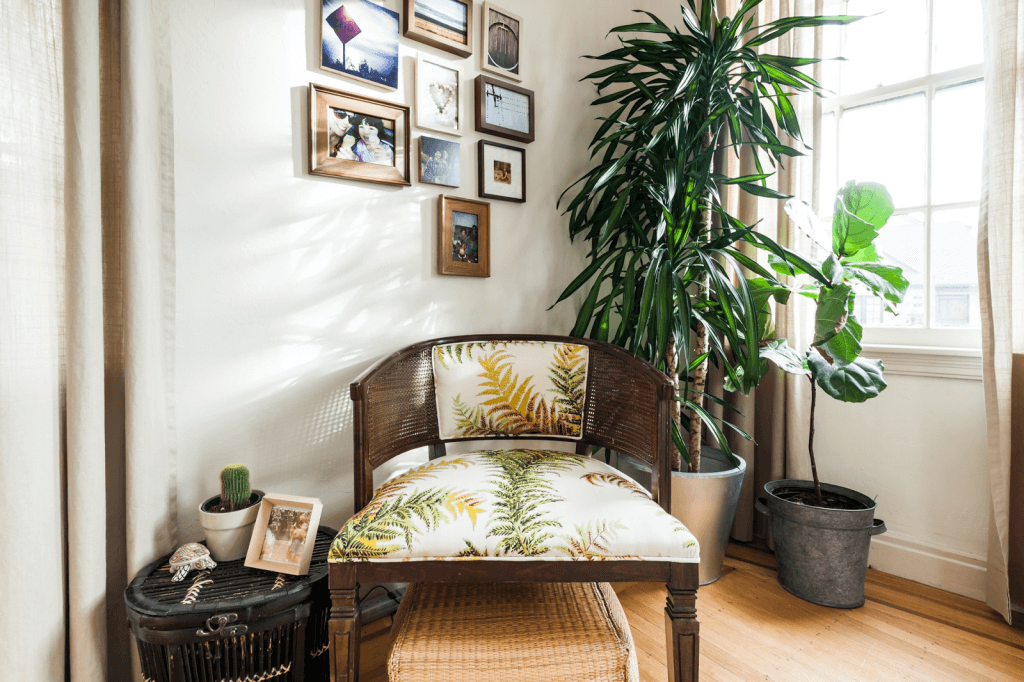
Pro Tip: Brown tips are a sign of overwatering or inconsistent watering, but if they appear, just give them a quick snip, and they will continue to grow as normal.
2. Jade Plant
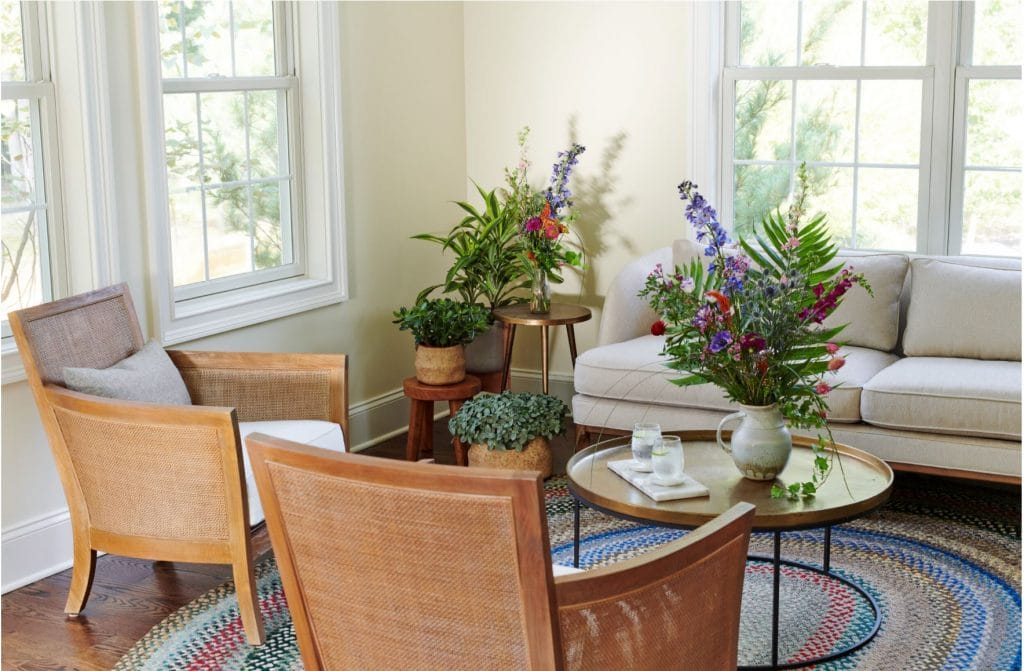
Known fondly as the money plant or friendship tree, the Jade plant— an easy-growing succulent believed to offer calming effects in any space—can bring good luck and a zen feeling to any home. A native of South America, the Jade plant’s oval leaves sprouting from thick green stalks can bloom into shrub-like plants when treated with love and respect. These can reach heights of five feet when grown indoors.
Like most succulents, Jade plants require medium to high light to flourish, so try placing them in simple ceramic pots near windows to enhance your transitional design style or groom in bonsai style for contemporary or globally inspired rooms.
Not only is Jade a popular choice for a low maintenance houseplant, it is also a popular accent color in design. Check out these examples of how to incorporate natural decor into your home to go with your new low-maintenance houseplants.
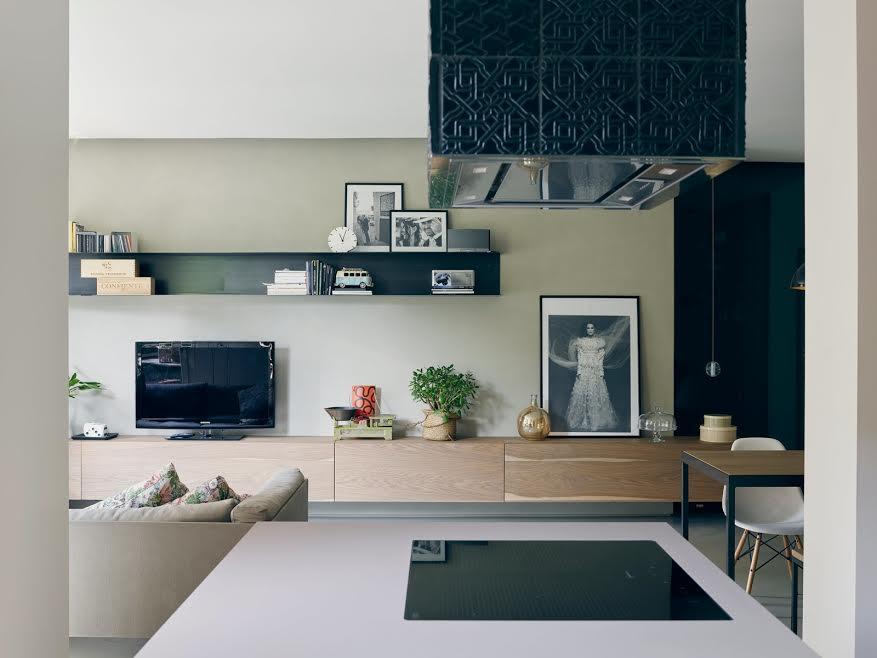
Pro Tip: Does your jade plant begin leaning too far to one side? To make it less top-heavy, try placing its plant pot into a larger pot and filling the space between with fresh soil.
3. Ponytail palm
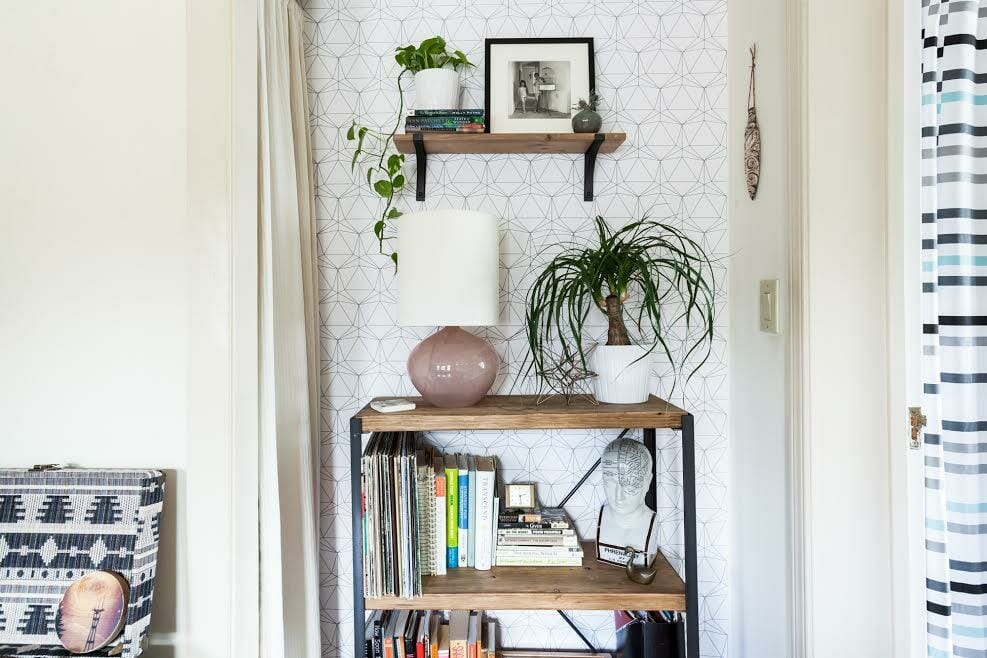
Also known as the bottle palm, bottle tree, or elephant’s foot tree, the ponytail palm has narrow, leathery leaves that cascade from its thick water-holding stem, making it a funky addition that brings a little tropical charm to any home.
This semi-succulent is native to the Mexican desert and can survive dry winter homes (or forgetful owners) easily. If you want your plant to grow taller, place it in a pot with space to expand. However, beware because this plant can grow as tall as 20 feet.
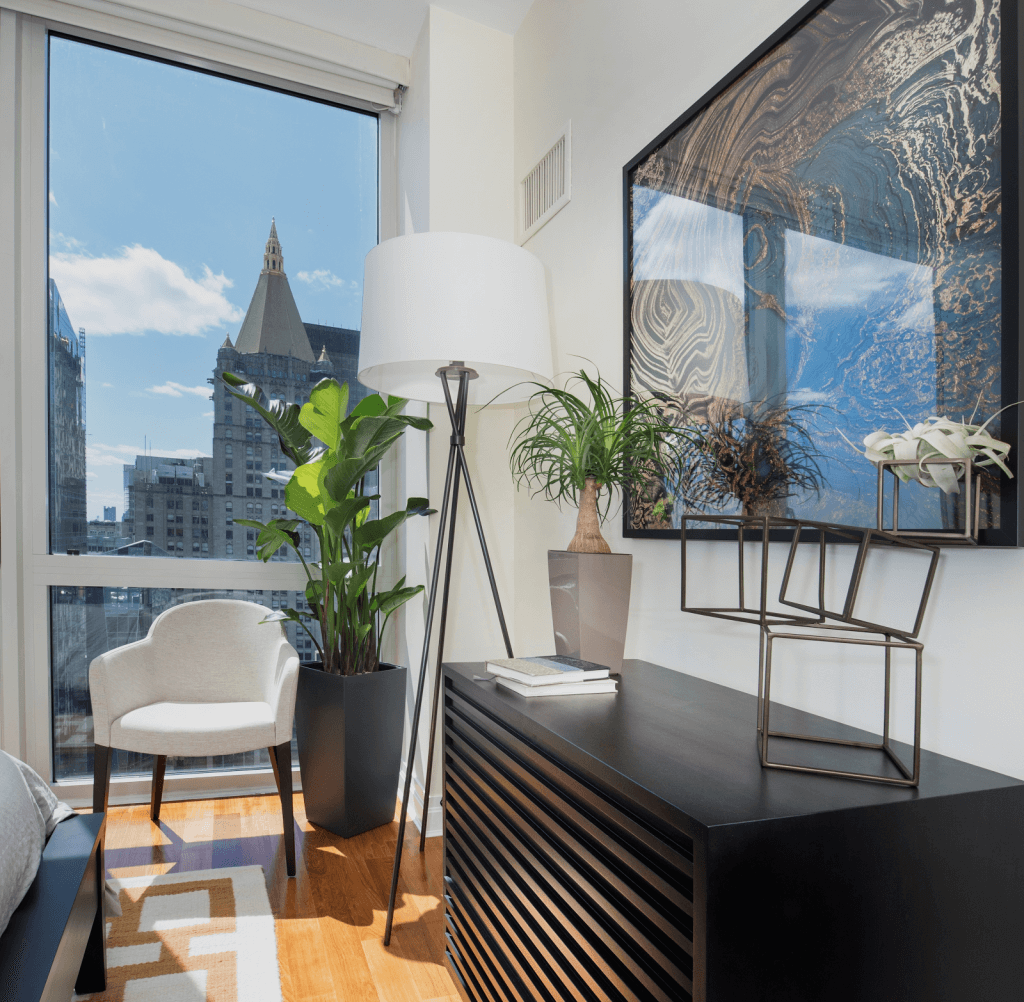
Pro Tip: Keep the leaves clean, and if you notice they are browning, it could indicate that you are overwatering your plant. As a desert native, this plant thrives best when watered every few days—it stores water, using its base as a reservoir.
4. Air Plants (Tillandsia) and Succulents
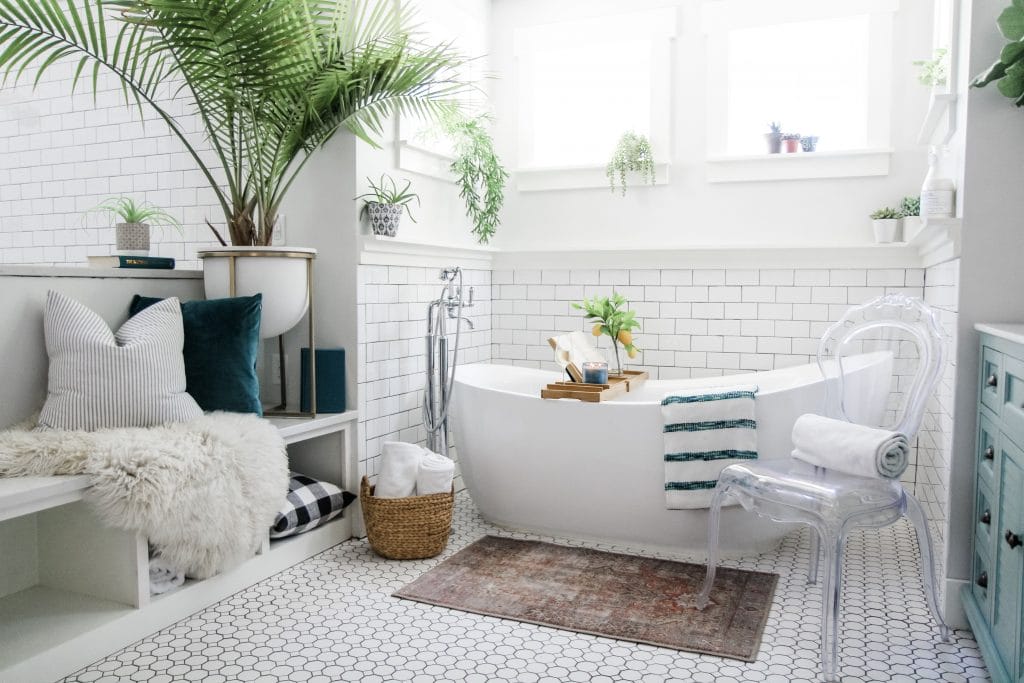
With their ability to grow without soil, air plants may be the least demanding of houseplants.
Air plants use their roots to anchor themselves to an object, which allows them to grow in a variety of locations naturally. This flexibility of growth allows these low care house plants to be used in a variety of environments, making them popular as decorations for homes and offices.
Air plants best flourish in bright, indirect sunlight or under fluorescent artificial lighting such as under a lightbulb or lamp. For added impact, group them together in an arrangement.
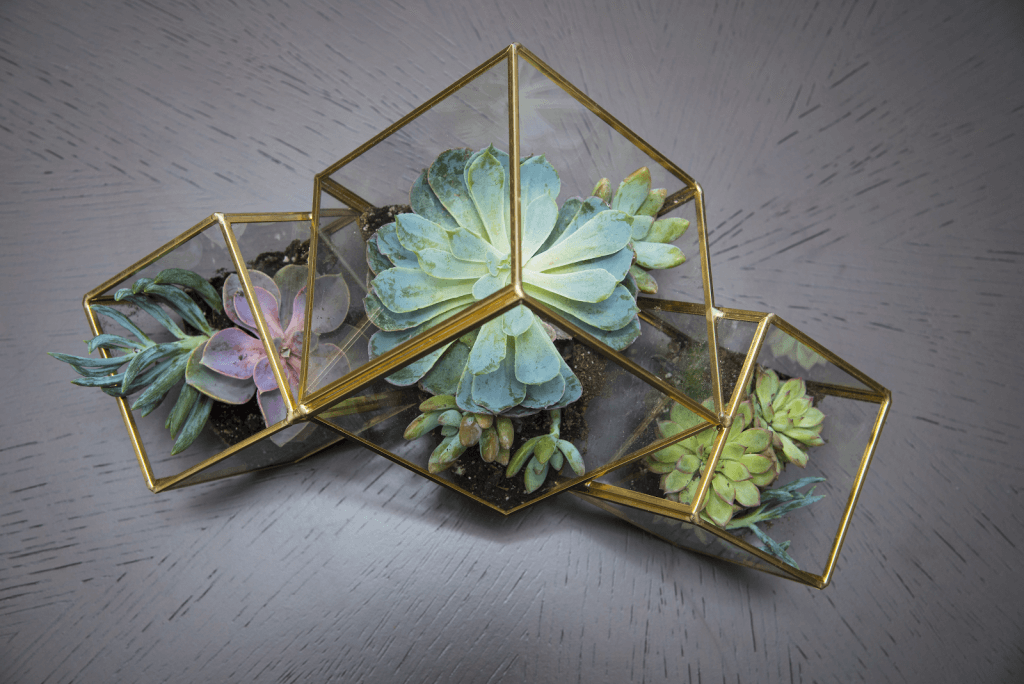
Pro Tip: Following each watering, Tillandsias should be given enough light and air circulation to dry in 4 hours or less. Do not keep plants constantly wet or moist, as this will limit their growth.
5. ZZ plant
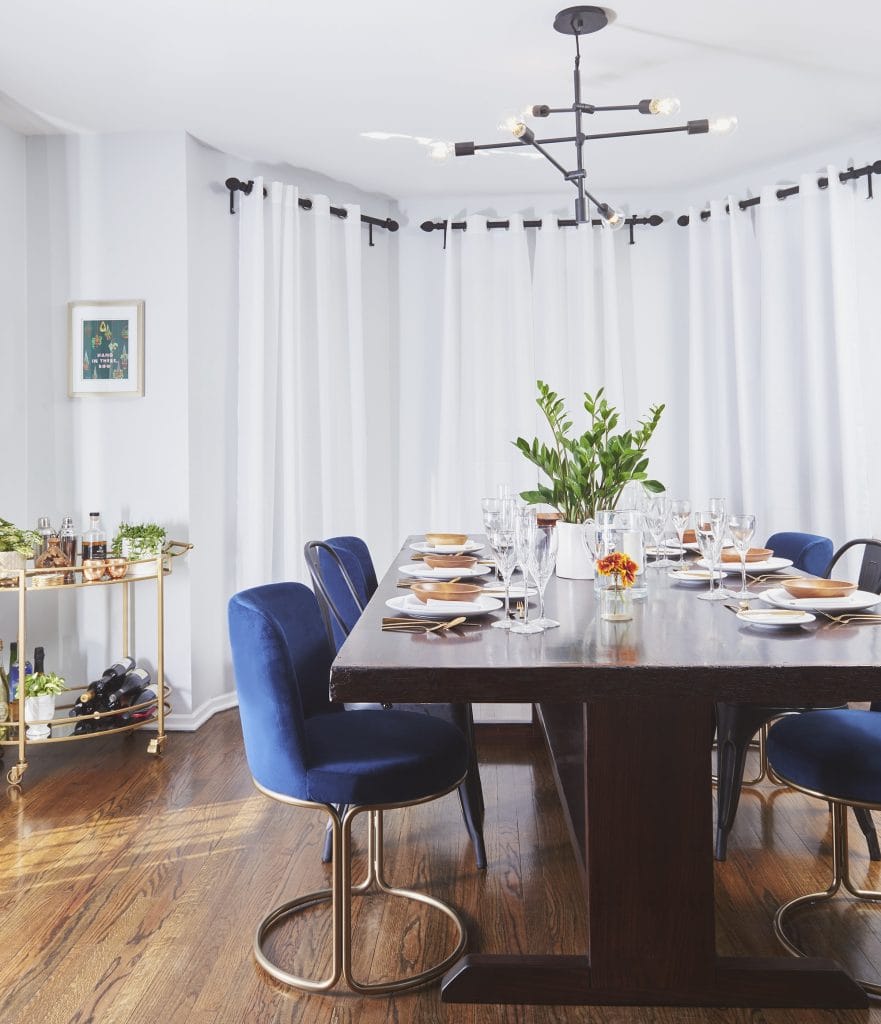
Zamioculcas Zamiifolia, or ZZ for short, is truly one of the toughest houseplants around. As such, it is the perfect choice for both the home and the office. The ZZ is practically indestructible and can survive months of neglect, infrequent watering, and low light and still stay looking fresh.
The plant’s shiny, oval-shaped, waxy green leaves take the form of a stylized feather, which can make a great desk centerpiece or a nice addition to sparkle up a windowless room or bathroom. It also acts as a great air purifier from outside pollution!
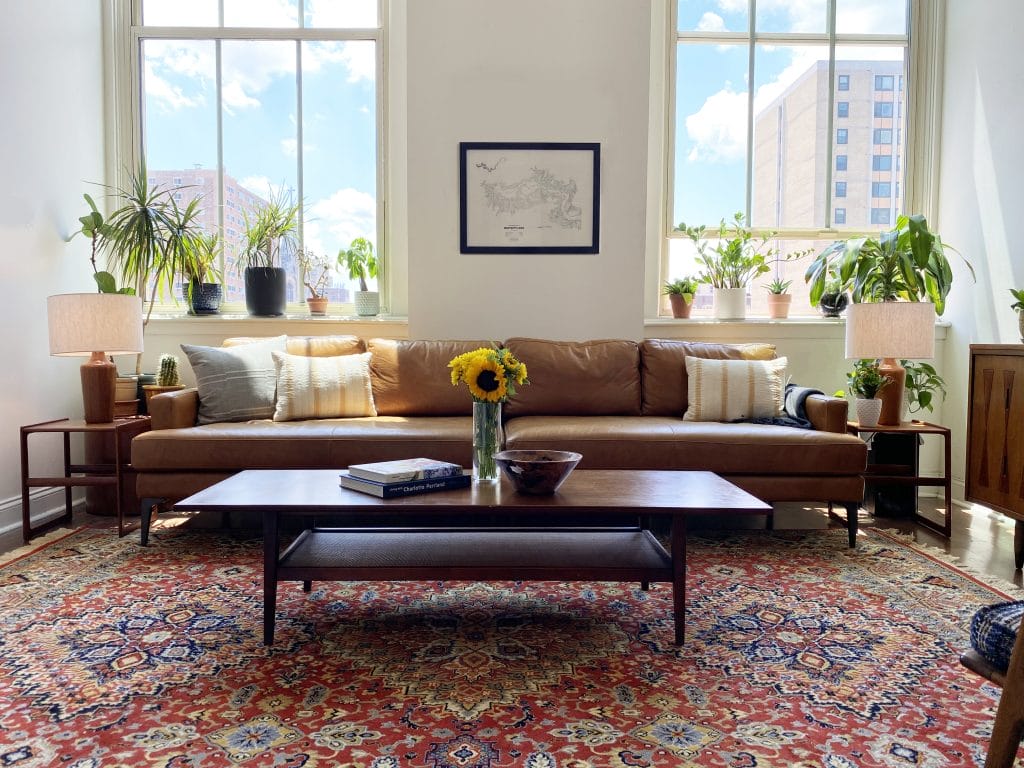
Pro Tip: Much like the cactus family, ZZ needs less rather than more water and can actually die from overhydration. If leaves start turning yellow, that means these easy indoor plants are receiving too much water, so add more only when the soil has completely dried out.
6. Heartleaf Philodendron
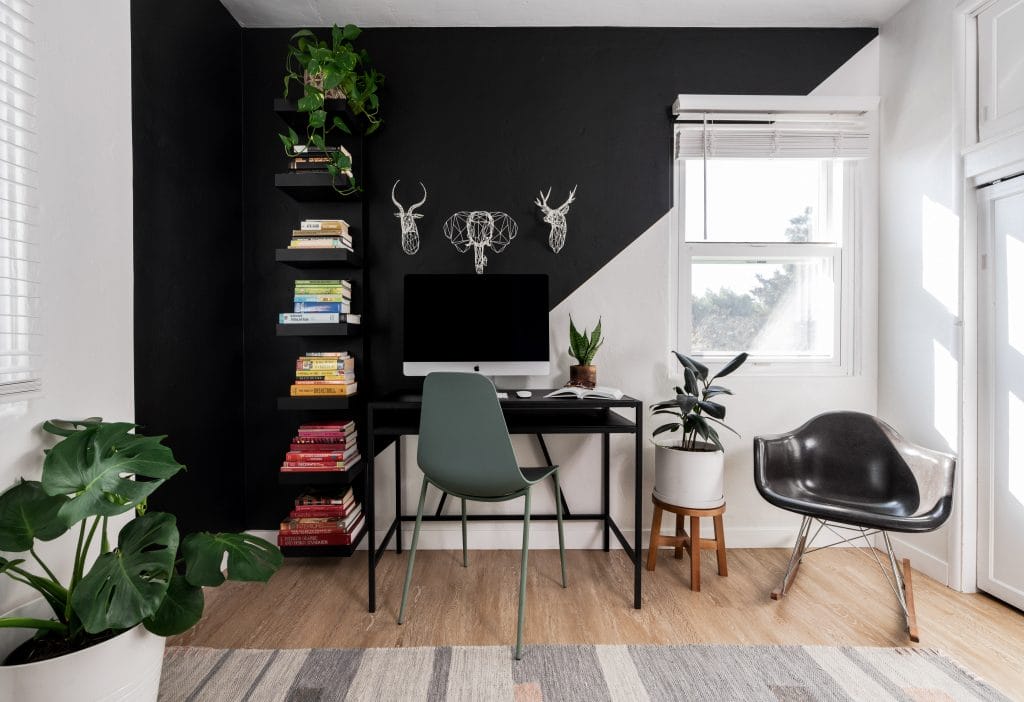
The Heartleaf Philodendron, otherwise known as the Sweetheart plant, is another low-maintenance houseplant that is very easy to care for. It prefers indirect light. Moreover, it will offer clear signals as to whether it needs more water or not: yellow leaves mean no more water, please; brown leaves mean it’s thirsty!
When left unclipped, the plant will try to climb or trail like a vine and can grow up to 4 feet long, so it would look great beside a bookcase or pillar for a real jungle effect. The heartleaf will also purify your house from nasty pollution, plus look great while doing so.
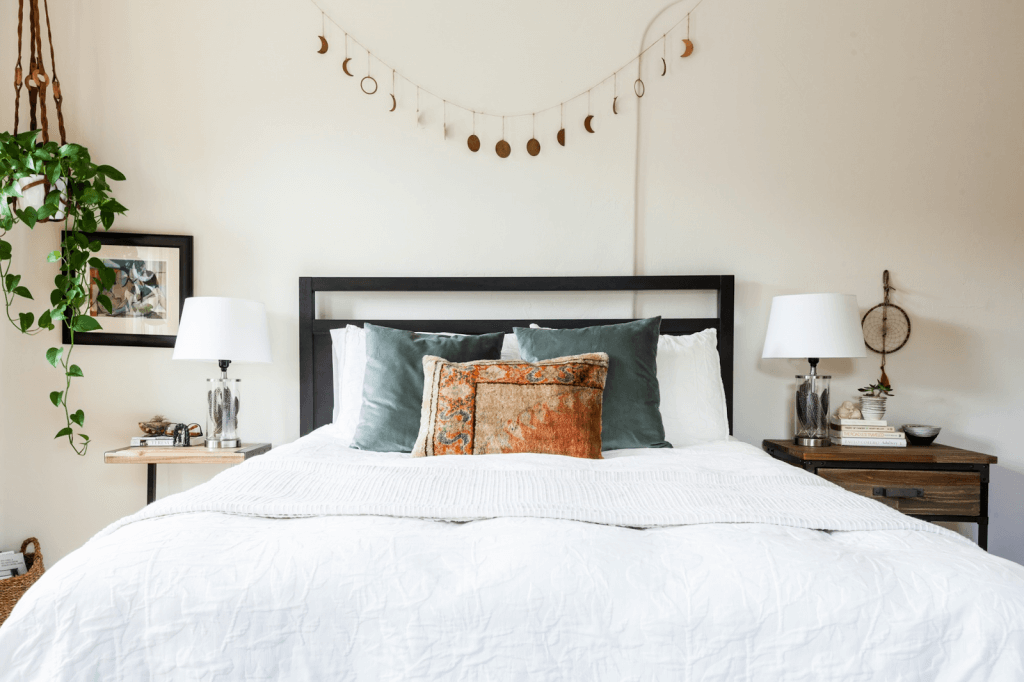
Pro Tip: Keep the plant and its vines away from children and animals, as its leaves contain calcium oxalate. That can cause inflammation and itching if it comes in contact with the skin or eyes.
7. Snake plant
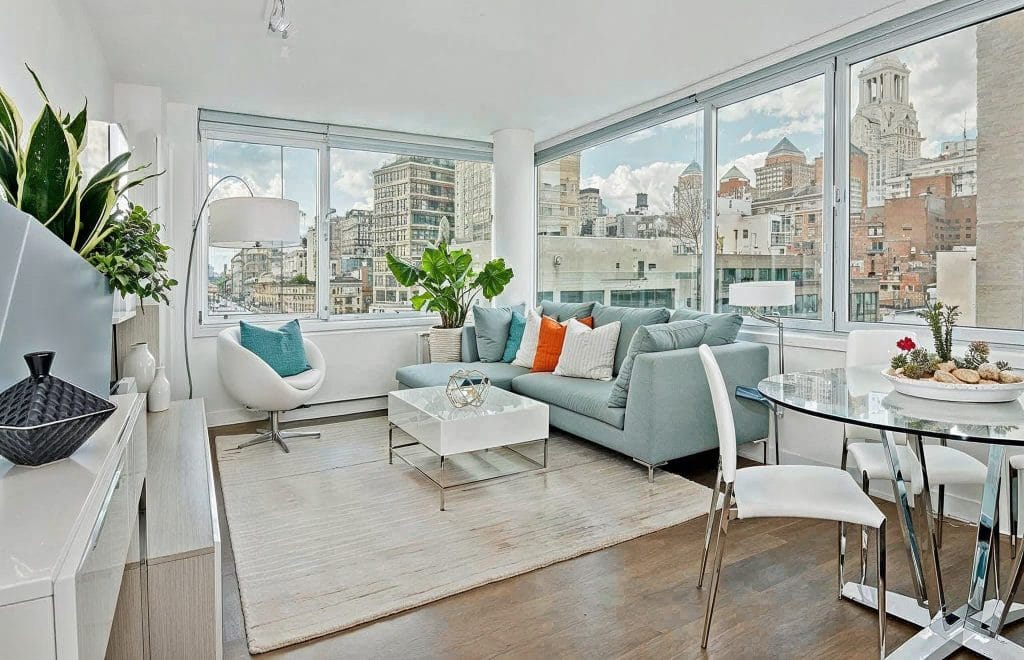
The snake plant (Sansevieria), also known as mother-in-law’s tongue or ribbon plant, is a succulent green plant with thick, waxy leaves. It loves being pot-bound and can be neglected for weeks at a time, making it one of the best options for forgetful first-time home gardeners.
The green leaves maintain a fresh look even after days without watering. Also, their unique architectural shape serves as an organic sculpture of sorts, which looks great on a mantelpiece or fireplace.
This plant can survive low light levels, infrequent waters and has few problems with insect infestations. NASA research has even shown that snake plants are able to remove harmful toxins such as formaldehyde and benzene.
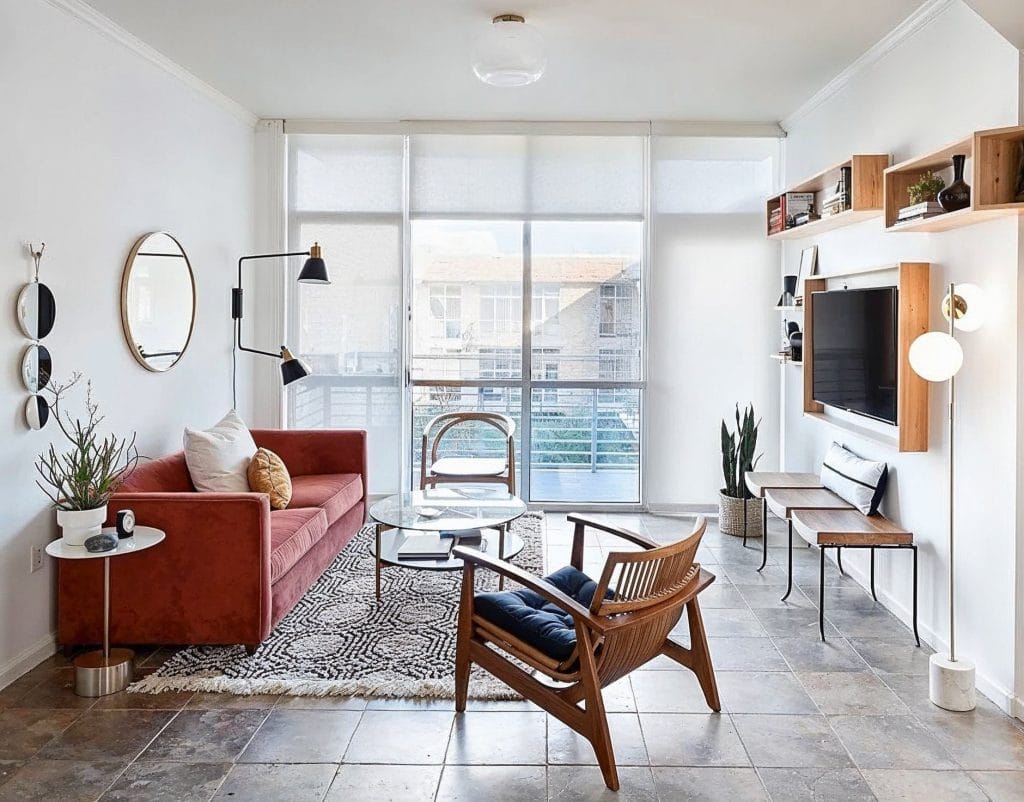
Pro Tip: Put them in indirect sunlight, and don’t water them too much, especially during the winter. In fact, it’s better to let snake plants dry out some between waterings.
Need help adding low-maintenance houseplants to your home?
With so many options around, there is no reason to deny your home beautifying botanicals. Book your Free Online Interior Design Consultation to start a new project today!









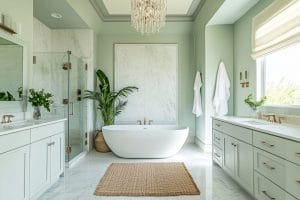

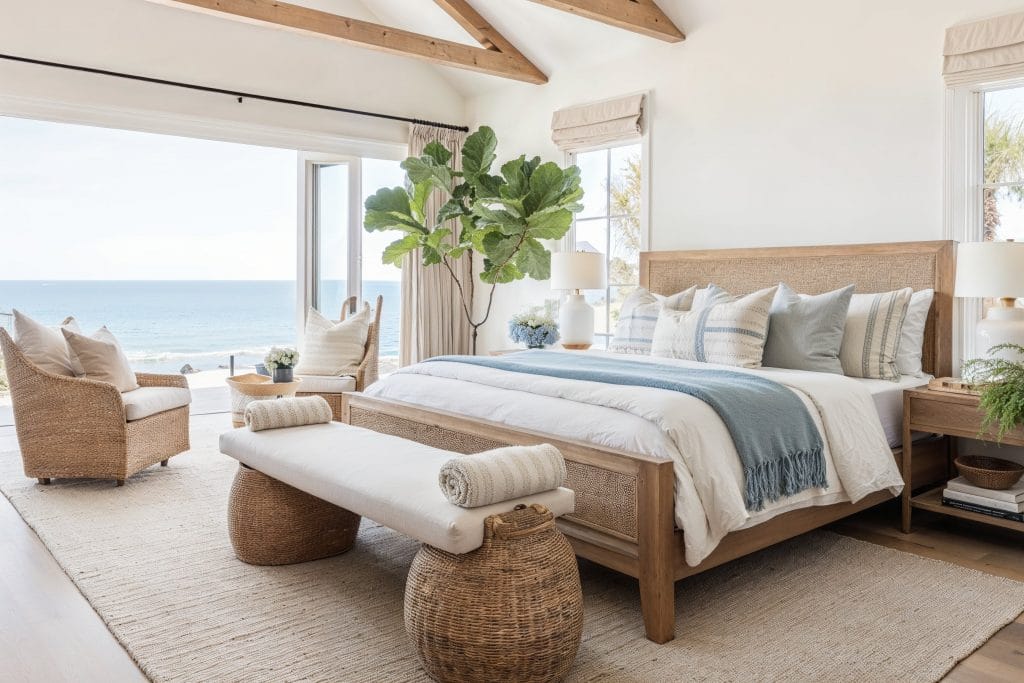
Comments
1 Comment
Most Voted
7 years ago
[…] 7 Low Maintenance Houseplants that are Sure to Look Great Even in a Brown Thumb’s Home […]
[…] 7 Low Maintenance Houseplants that are Sure to Look Great Even in a Brown Thumb’s Home […]